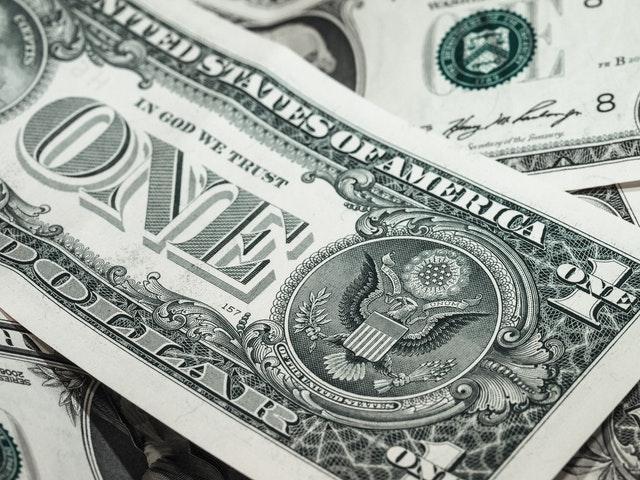How to Build a Small Business Emergency Fund

As a small business owner, starting a small business emergency fund can mean the difference between success and failure. Staying on top of your finances can be even more important in times of crisis. Many businesses have a lot of operating expenses as well as debt. That means they don’t have much resiliency. While these businesses may run with a profit, sustained periods of low revenue could quickly cause them to sink when they can’t make payments.
This has become especially important during the COVID-19 pandemic, as thousands of companies were forced to seek financial assistance from the CARES Act or other small business emergency relief programs. Even with the help of loan programs, relief funds or grant programs, many businesses still closed down temporarily. For leveraged businesses with high expenses, this temporary closure meant they couldn’t afford to operate. Many are now going bankrupt and, unfortunately, closing their doors permanently.
By establishing an emergency fund, businesses can have working capital ready for easy access when money is tight, and payments need to be made. Let’s dive into all the important facts about emergency funds and what your business can do to have a backup plan for times of financial emergencies.
How Much You’ll Need for a Small Business Emergency Fund
Ideally, your emergency funding should cover much more than short-term business expenses. It needs to be enough to cover 3-6 months’ worth of costs. This is based on estimates for a personal emergency fund. They’re generally created with the expectation that your business could run into a long period of time where it is unable to make payments, such as a significant economic downturn, the coronavirus, or some other situation similar to it.
The expenses your company has, as well as how much your business relies on things like debt to pay for real estate, employee health care, or equipment can impact how long your business should save for. Those businesses with a more leveraged structure need to save for longer periods of time, as even missing one payment can cause an increase in interest rates as well as reduce your business credit score.
To get an idea of the exact amount to save, start by calculating what your monthly expenses and payments are. Then multiply this number by the number of months you want to be prepared for an emergency. Once you’ve determined how much you need to save, your next step is to begin the savings process.
How to Begin Saving for a Small Business Emergency Fund
Saving money for an emergency fund can be a daunting task. Many businesses have a lot of expenses, and getting enough money saved to cover them is hard. However, by using smart saving strategies, you’ll grow your savings faster than expected.
To start, make sure you have a separate savings account set up to store your emergency fund in a place where you can safely keep money without the temptation to withdraw from it. Some digital savings accounts allow for early direct deposit, so you’ll be able to build up your savings faster and more efficiently.
Once you have the savings account, start by putting a small percentage of your profit aside in it every month. Do this by determining how much profit you have left at the end of the month, and what can be safely allocated to a a small business emergency fund.
The money for an emergency fund won’t appear overnight, but it’s a marathon, not a sprint. By consistently adding a set amount of money to your account every month, you’ll start to see significant growth. And, you’ll have enough money to cover months of emergency expenses in no time. You can also use this time to reevaluate your budget and find places to cut back on expenses. The goal is to grow your savings while reducing how much money you’ll need for an emergency.
When to Use the Fund
Once you have that money saved up, you should know when to actually withdraw money from it. Remember that if you’re insured, you should first rely on that before withdrawing from your fund. Also, have you fully explored available disaster loans, emergency grants, or even help from nonprofit organizations? If insurance or one of these relief options isn’t available, then look into withdrawing money from your fund.
The best time to use an emergency fund is for covering expenses in a time of significant financial hardship. This includes any crisis, from a natural disaster to a recession. These are often the best times to use emergency fund money.
At the end of the day, use your best judgment to decide when to tap into the emergency fund. Make sure the situation you’re using it for is an actual emergency that will impact your business. Using your the fund during a situation where it’s not needed can leave you empty-handed when there’s actually a serious threat.
Implement Proper Strategies
Don’t forget to explore any business assistance avenues made available by the government. These include paycheck protection programs, small business grants, bridge loans, and other emergency loans.
Beyond that, creating a small business emergency fund may seem like a difficult task. However, with proper planning and savings strategies, you can build an emergency fund in no time. You can then enjoy the peace of mind that comes with being prepared for any financial turmoil.



